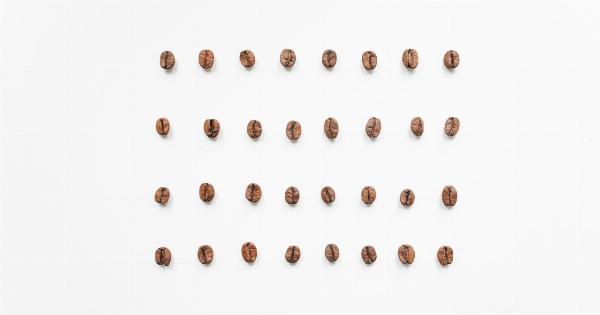The liver is one of the most important organs in the human body, responsible for maintaining the balance of nutrients, filtering toxins, and performing other vital functions.
However, it is also one of the most susceptible to damage and disease, with liver disease contributing to over two million deaths each year globally. Even with the best medical care, many liver diseases can progress to the point where transplantation is the only option.
Liver transplantation is a complex procedure with significant risks and limited availability of donor organs. However, advances in regenerative medicine have given rise to a promising alternative: liver regeneration.
Researchers are discovering new ways to stimulate the regeneration of liver tissue, either by enhancing the liver’s natural regeneration ability or by engineering new liver tissue from stem cells or other sources. Here are some of the latest breakthroughs in liver regeneration.
1. Enhanced Liver Regeneration through Physical and Chemical Stimulation
The human liver has remarkable regenerative abilities, but these can be impaired by various factors, including chronic liver disease and aging. However, recent studies have uncovered ways to enhance the liver’s regeneration ability.
One approach is to modulate the physical and chemical environment of the liver to stimulate regeneration. For example, researchers have found that exercise can boost liver regeneration by increasing blood flow and the expression of growth factors. Other studies have shown that targeting specific signaling pathways with drugs can promote liver regeneration.
2. Inducing Liver Regeneration with Small Molecules and Growth Factors
In addition to modulating the liver’s environment, researchers are also exploring ways to induce liver regeneration with small molecules and growth factors.
One example is a small molecule called GW4064, which has been shown to promote liver regeneration by activating specific receptors. Other studies have identified growth factors, such as hepatocyte growth factor (HGF), that can stimulate liver regeneration by promoting cell proliferation and migration.
These approaches could offer a way to regenerate liver tissue without the need for invasive procedures like transplantation.
3. Bioengineering Liver Tissue from Stem Cells and Other Sources
Tissue engineering is a rapidly advancing field that holds promise for regenerating liver tissue from stem cells and other sources.
Scientists are developing ways to use stem cells to generate functional liver tissue that can be transplanted into patients with liver disease. One approach is to use induced pluripotent stem cells (iPSCs), which are generated by reprogramming adult cells to a pluripotent state. iPSCs can then be differentiated into liver cells and used to build liver tissue.
Other approaches involve using liver progenitor cells or decellularized liver scaffolds to create functional liver tissue.
4. Using Extracellular Vesicles for Liver Regeneration
Extracellular vesicles (EVs) are small membrane-bound structures that are released by cells and play important roles in intercellular communication. EVs are also emerging as promising tools for liver regeneration.
Researchers have found that EVs derived from various cell types, including liver cells, can stimulate liver regeneration by promoting cell proliferation and angiogenesis. EVs are also being explored as a delivery system for growth factors and other therapeutic agents, offering a targeted and minimally invasive approach to liver regeneration.
5. Advancing Liver Regeneration through Computational Modeling
Computational modeling is a powerful tool for understanding complex biological processes like liver regeneration.
By simulating the behavior of cells and molecules in silico, scientists can gain insights into the underlying mechanisms of liver regeneration and identify new targets for therapeutic intervention. Computational modeling is also being used to optimize tissue engineering strategies by predicting the behavior of engineered liver tissue in vivo.
As computational power and modeling techniques continue to improve, this approach could lead to more effective and personalized interventions for liver disease.
6. Challenges and Future Directions
Despite these advances, liver regeneration still faces several challenges.
One major hurdle is the complex and multifactorial nature of liver disease, which can impair the liver’s natural regenerative abilities and limit the efficacy of regenerative therapies. Another challenge is the need for scalable and cost-effective methods to produce functional liver tissue for transplantation.
Nevertheless, the progress in liver regeneration research is a cause for optimism, and continued efforts in this field could offer new hope for patients with liver disease.
Conclusion
Liver regeneration holds promise as a viable alternative to liver transplantation and offers hope for patients with liver disease.
Advances in regenerative medicine, including physical and chemical stimulation, small molecules and growth factors, bioengineering, extracellular vesicles, and computational modeling, are helping to unlock the liver’s natural regenerative abilities and create new liver tissue from stem cells and other sources. Although challenges remain, the progress in liver regeneration research is a testament to the potential of regenerative medicine to transform healthcare and improve patient outcomes.






























